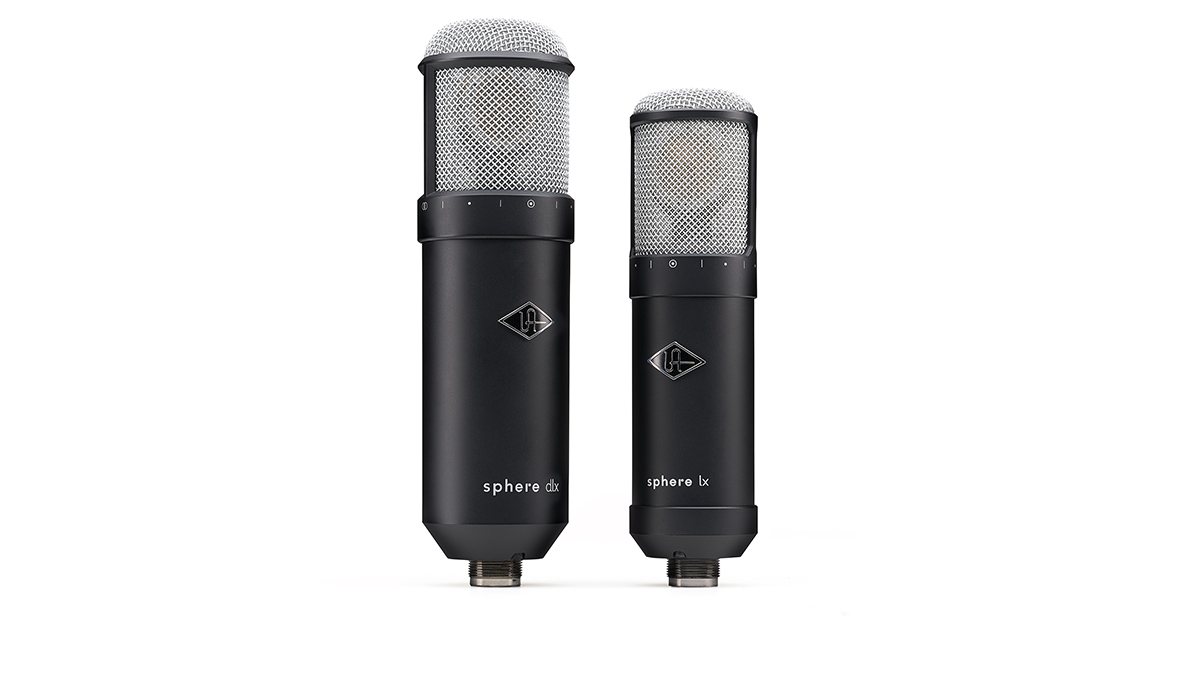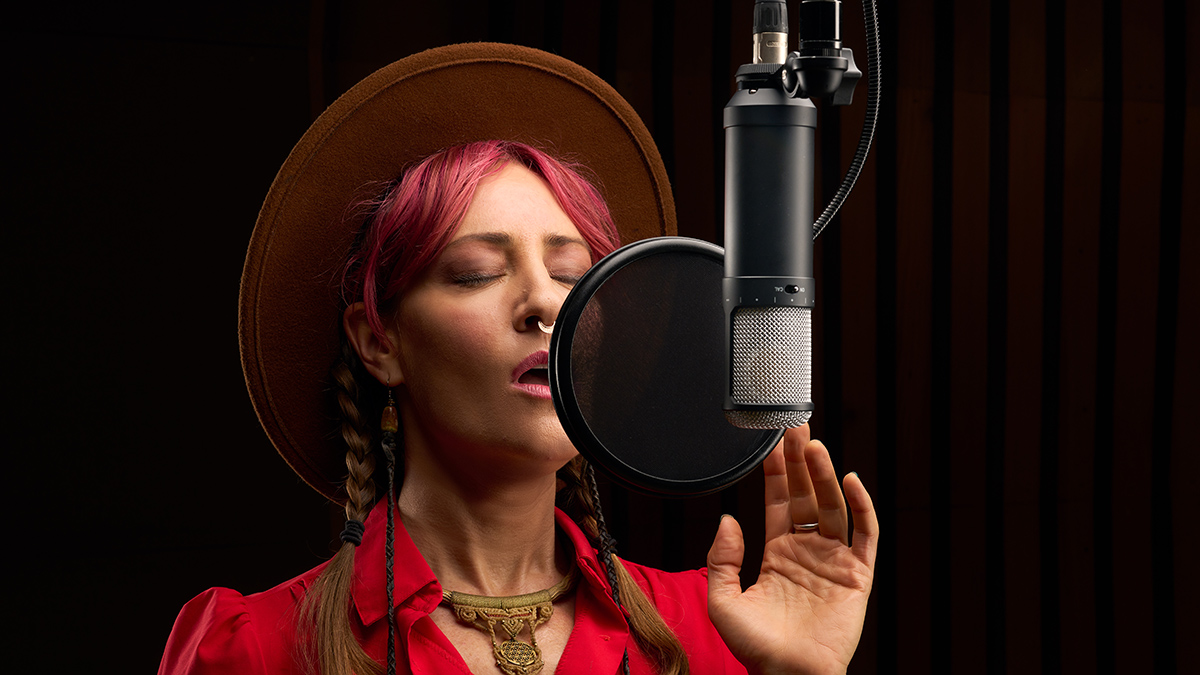Universal Audio’s new Sphere DLX and LX can emulate classic mics from Neumann, Telefunken and AKG
More vintage magic from the modelling master?
Following its acquisition of Townsend Labs last year, Universal Audio has released two new modelling microphones based on the company’s Sphere system.
The UA Sphere DLX appears to be cut from similar cloth to Townsend’s Sphere L22, and enables you to emulate the sound of 38 classic studio mics from the likes of Neumann, Telefunken, AKG, Sony, and more. The mic type, polar pattern and other characteristics can be adjusted even after a recording has been made, while the Dual mode enables you to create blended mic combinations.
If you have a UA Apollo interface, you can also record or monitor through the modelled mics with near zero latency, and it’s possible to capture instruments (guitars, drums etc) in stereo with a single mic. There are also presets that enable you to tame room colouration - these are tailored to bedroom studios and specific isolation filters.

The Sphere LX is a more affordable option that offers many of the features as its big brother. You get emulations of 20 mics with this one, along with the option to change settings after tracking and record through the models at super low latency.
"With our expertise in analog modelling for our UAD plugin platform and Chris [Townsend’s] pedigree in capturing the sound of sought-after vintage studio mics, we knew we were on to something special," said Bill Putnam Jr., CEO/Founder of Universal Audio. "With the addition of new UA Sphere models to our mic line, we can inspire even more creators with legendary sound.”
The Sphere DLX and Sphere LX are available now priced at $1,499 and $999 respectively. Find out more on the Universal Audio website.

Get the MusicRadar Newsletter
Want all the hottest music and gear news, reviews, deals, features and more, direct to your inbox? Sign up here.



I’m the Deputy Editor of MusicRadar, having worked on the site since its launch in 2007. I previously spent eight years working on our sister magazine, Computer Music. I’ve been playing the piano, gigging in bands and failing to finish tracks at home for more than 30 years, 24 of which I’ve also spent writing about music and the ever-changing technology used to make it.



![PRS Archon Classic and Mark Tremonti MT 15 v2: the newly redesigned tube amps offer a host of new features and tones, with the Alter Bridge guitarist's new lunchbox head [right] featuring the Overdrive channel from his MT 100 head, and there's a half-power switch, too.](https://cdn.mos.cms.futurecdn.net/FD37q5pRLCQDhCpT8y94Zi.jpg)





